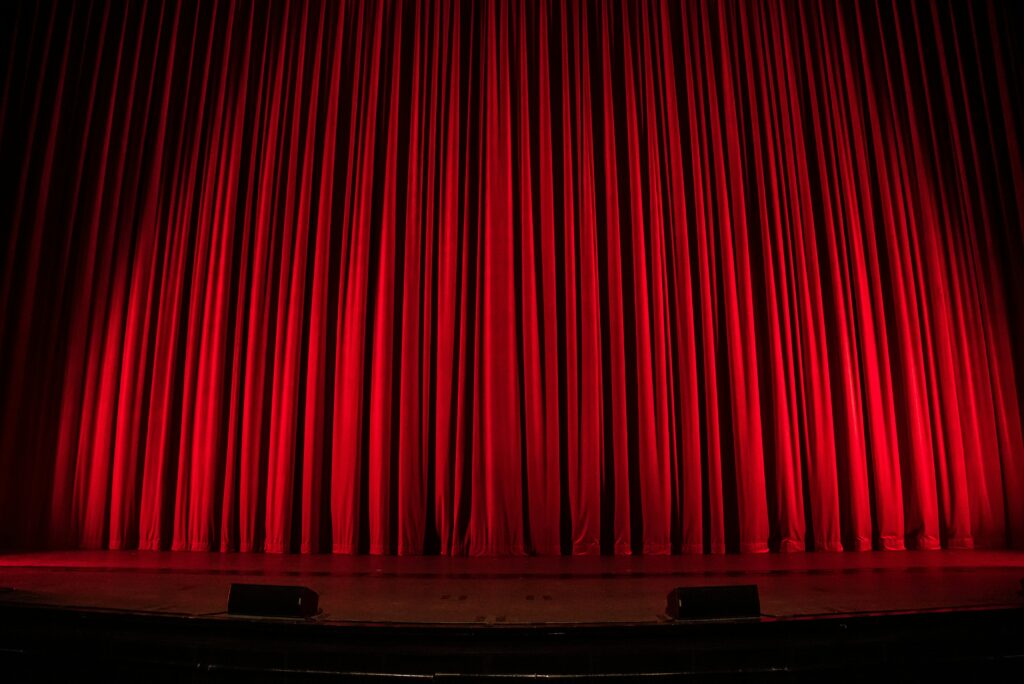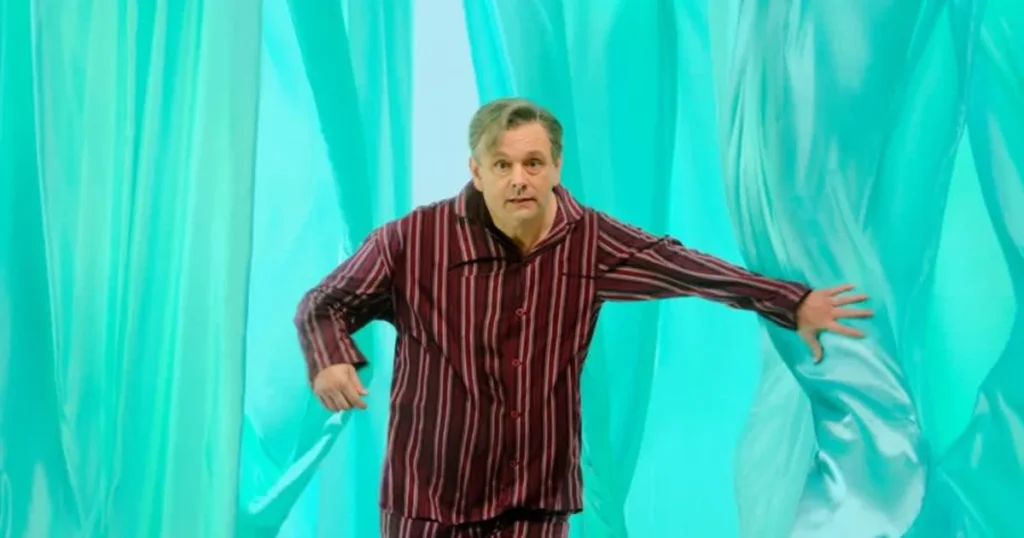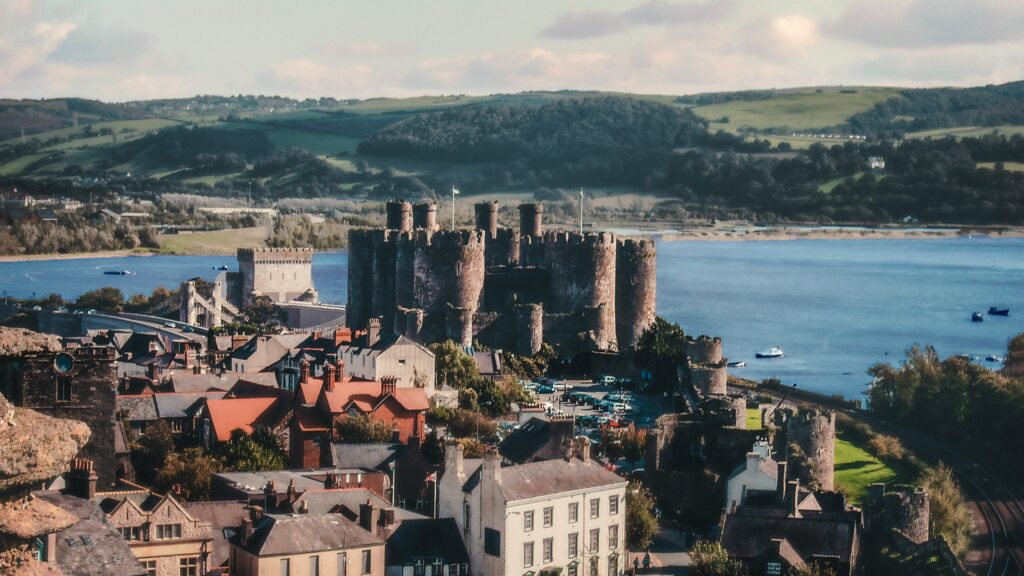John Stevenson says Cardiff Bay hasn’t yet woken up to the potential of Romania.
“I thought of Bucharest……………the fascination that had tugged me there……………….I could hardly believe that all those faces and rooms and streets had been packed into so short a span.
I wondered sadly if I would ever see them again”
Patrick Leigh Fermor: The Broken Road
A land of stunning landscapes, where the past is still a very real part of the present, Romania is a country on a crossroads: Central Asia to the North East and the ever present Russian Bear as a constant growling backdrop. Across the Black Sea are Turkey and the Middle East with Western Europe as an increasing presence, intruding into all aspects of it’s national life.
Now, Romania is also a member of the European Union and a vital part of the NATO alliance. Its natural resources and the raw talent of its people, also gives the county much future potential as a significant economic and political player on the European, if not the global stage.
Romania, during the years of Communist mediocrity, wallowed as one of the most neglected countries on the European continent. There is still an irony at its core: an eclectic mix of dour black fatalism which is rooted in the deeply held religious beliefs of the Romanian Orthodox Church, mixed with the sludge from its former communist past.
When restrictions on Bulgarians and Romanians entering the UK to work were lifted, the hysterical xenophobia in newspapers such as the Daily Express was reminiscent of the anti-Jewish, pro fascist sentiments expressed by the very same right wing press back in the 1930’s.
Now, mainly because of its strategic position in South East Europe, Romania is a key ally in NATO defence strategy. This week for instance, the Obama Administration announced a four fold increase in its military spending in Romania and anyone with a morsel of geo political nous, will see the political implications which arize from such an investment. David Cameron’s charm offensive to persuade all members of the European Union to accept the changes to regulations on Benefits and restrictions on movement will crash like a lead ballon in the face of opposition from Central European states such as Romania.
Romania is becoming a player. But have our esteemed politicians in Cardiff Bay yet woken up to that fact?
There is a well-founded belief amongst economists and commentators, that the scope for collaboration between Wales and Romania has been neglected for far too long. Romania’s former Ambassador in the UK, Dr Ion Ingha, told me in an interview for BBC Wales’s ‘Sunday Supplement’, of his desire to see closer collaboration. Dr Ingha had met Scotland’s First Minister 12 times to discuss collaboration, whereas he had only had 3 similar meetings in Wales with Carwyn Jones.
One of the Wales Government’s own economic advisors told me, during another BBC interview, that “the Wales Government is missing a trick” by failing to capitalise on the opportunities. The Romanian Consul in Wales stressed the fact that Wales has skills and knowledge in the area of regeneration, which are saleable commodities. “We’re not selling teaspoons. We are selling skills and knowledge” said Clive Williams.
I benefitted first hand from collaborating with the Romanian TV company Antenna 3 when I produced and presented my S4C documentary last year, on assassinations during the Romanian Revolution in December 1989. The experience of working with Romanian professionals taught me that Romania has much offer Wales and that conversely, Wales can benefit from partnership with Romanian companies, academic institutions and cultural centres of excellence.
Romania offers significant opportunities to UK businesses with products, services, or technologies that either meet growing private demand or contribute to the country’s development priorities. In particular opportunities exist in the following sectors: textile, food and drink, manufacturing, electronic components, telecommunications and electronic components, energy, banking, biotechnology and IT. 40% of Bill Gates staff at Microsoft, for instance, is Romanian.
New estimates issued by the European Commission this week, show that Romania’s economic growth is forecast to peak in 2016, with a growth rate two times higher than that reported at EU level, Also, the GDP is expected to increase by 4.2%.
The latest European Commission analysis is remarkably upbeat and underlines that “Real GDP growth in the third quarter of 2015 (3.6%) was surprisingly strong”, registering “its highest growth rate since 2008”
Next year, “GDP growth, however, is expected to remain above potential at 3.7%”.
There is also scope for educational partnership between schools and universities and cultural links with bodies such as the Romanian Cultural Institute. Ysgol Glanyrafon in Mold, for instance already has close links with three schools in Romania!
Over twelve months have passed since the 25th anniversary of the Revolution which occurred in December 1989. It was the last and by far the bloodiest, of the uprisings which toppled one of Eastern Europe’s Communist regimes. Was it a coup or was it really a popular uprising. The debate goes on!
Now once again in its recent history, Romania is gripped by political turmoil but the recently elected President Klaus Iohannis has already started to get to grips with political corruption.
For the third consecutive year Romania received a positive review from the European Commission’s Cooperation and Verification Mechanism. The analysis confirms progress in reforming the judiciary and combating corruption. According to the report, in 2015 the National Anti-Corruption Directorate indicted 1,250 people, including a former Prime Minister, former Ministers, MPs, mayors, county council presidents, judges, prosecutors and other high-ranking officials.
Ion Iliescu, the former President (who led the coup in 1989) is to stand trial on charges of crimes against humanity following events just after the revolution in December 1989. Iliescu has also been accused of being involved in the death of a Welsh photo journalist. Ian Parry was from Prestatyn.
A former Prime Minister, Viktor Ponta, resigned, before he too stands trial on charges of corruption. A nightclub fire which killed 32 people, was a convenient pretext for him and his Cabinet to step down but more young people remain in hospital suffering serious injury. The death count is expected to rise. 30,000 angry people occupied Central Bucharest and were of one voice on Plata Universitate: cynical collusion and graft by the political elite were the reasons, they said, for such a massive human disaster.
But why should any of this matter to us in Wales? After all said and done, Romania is a far away country of which we know next to nothing and up to now, cared about even less!
We know Count Dracula (if only through the popular children’s animation, ‘Hotel Transylvania’.) Maybe even about the luscious painted Mediaeval Churches of Maramures or the majestic splendour of the Carpathian Mountains. Brown bears are as present in the snowy wooded uplands of Transylvania, as are the packs of snarling feral dogs, who roam the streets of the capital, Bucharest.
Curiously, Romania already has historic ties with Wales. The first Queen of modern Romania, Queen Elisabeta, was inducted as a member of the Gorsedd at the National Eisteddfod at Bangor, back in 1890. She holidayed in Llandudno!
Her successor, Queen Marie, was also honoured at the Pwllheli National Eisteddfod, back in 1925. In 1935, dozens of children from the villages of Botosani and Cernuti in Northern Romania greeted children in Wales by way of a richly illuminated scroll which is kept safely in Wales and seen as a valued historical artefact.
Time was when ships carried coal in from Cardiff and Newport docks to the Romanian Black Sea port of Constanta. On the return journey, they carried timber. Much of the loads ended up as pit props in the mines of South Wales. ‘Coal out: Timber in’ was the watchword back then. A number of schools in Wales have close contacts with schools in Romania and there are estimated to be over 2000 Romanian nationals living right across Wales.
Almost a century since the ceremony at the Pwllheli Eisteddfod, the current Prince of Wales, has realised the economic benefits of partnership with Romania for his business ventures through the Duchy of Cornwall. Prince Charles owns properties there and is the founder and Patron of the Romanian Heritage Foundation.
Welsh people have followed Charles’s lead. Delia Burnham from Wrexham, for instance, is involved in a thriving venture near Bucharest.
The other layer is in this narrative is that Romania and Wales both have a shared Celtic past. It was from the Transylvanian area of what is now modern Romania, that the people known as Le Tene swept across the European landmass. They settled across the European continent and that includes Wales.
Le Tene people are now known as the Celts. Rather than pandering to the xenophobic of the right wing gutter press by portraying Romanians as thieves, rogues and gypsy vagabonds, the UK (including Wales) should be embracing the multitude of opportunities on offer from contacts with our Celtic relatives?






Romania is definitely very intriguing and we certainly share historical interests in dragon symbolry – maybe the origins of the order of the dragon and dragwyla can be traced back to the same sources as our ddraig goch. We also share battles again the order of the cross of St George in common as well. Coincindences maybe, but something to build common interests upon if we choose to develop any economic interests.